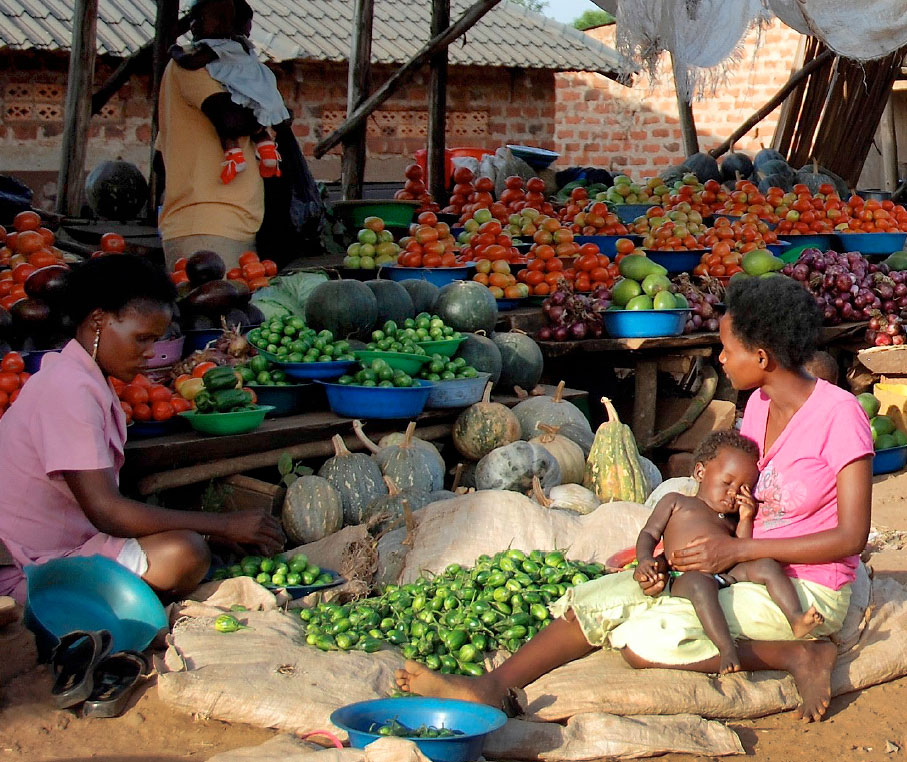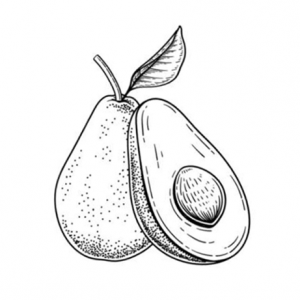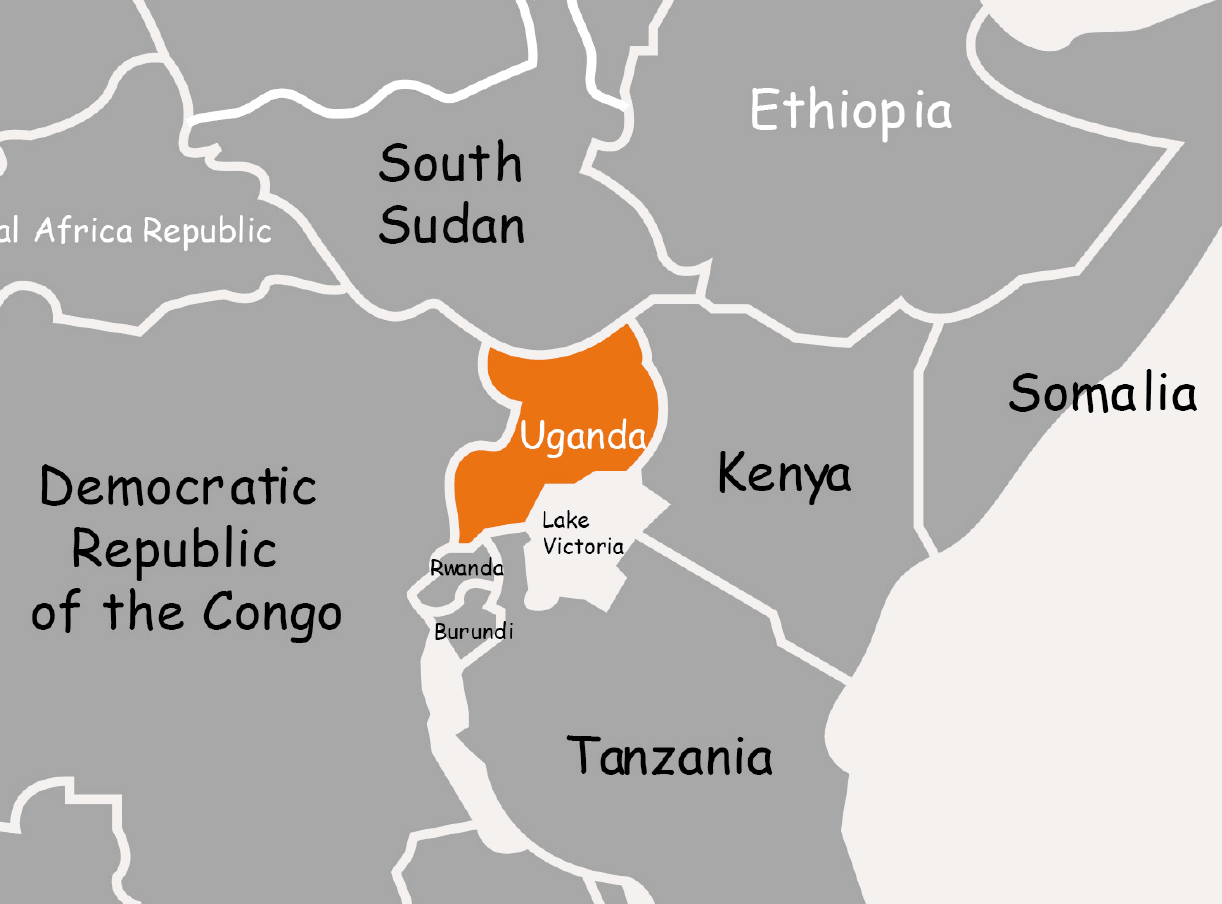


Fascinating Country - Great Potential
Uganda is a landlocked country in East Africa. It borders South Sudan in the north, Kenya in the east and in the south a large part of the border with Tanzania runs through Lake Victoria.
The famous mountain gorillas live in the mountainous border regions to Rwanda (in the southwest) and the Congo. The border with the Congo runs across the entire west of Uganda.
Uganda was a British colony until independence in 1963.


Uganda is a highlight reel of the African landscape. With its dense, misty forests, snow-peaked mountains, glassy lakes and sprawling savannas, it is no wonder Winston Churchill dubbed this the “PEARL OF AFRICA”.




A few more facts
Uganda’s equatorial climate is tempered by its elevated altitude.
In most parts of the country, the average maximum temperature is between 20°C and 27°C during the day, and the minimum between 12°C and 18°C.
This makes the country a true nature and wildlife paradise, as it guarantees the best conditions for the thriving of both the flora and the fauna that are typical of the East African region.




Farming
Especially plantains and coffee as well as beans, cassava, millet, sweet potatoes, and local vegetables are grown by Uganda‘s smallholder farmers.
-

- Agricultural products such as mantoke are part of the street scene in Uganda
-

- Agricultural products such as mantoke are part of the street scene in Uganda
Agricultural products such as cooking bananas are part of the street scene in Uganda


Fruits
- Uganda is the number 1 fruit-producing country in Africa.
- Mangoes are by far the most common fruit in Uganda. They grow wild as a gift of nature.
- Pineapples are a widely grown commodity.
- Most of the fruits are still grown by smallholder farmers.



Livestock and poultry farming
- Pork is the most widely consumed meat in the world and Uganda is the highest pork consumer in Africa. A single sow can weigh up to 300 kilograms and farrow more than 10 piglets in one litter.
- Goats are low maintenance, readily available and are generally friendly. They are capable of adapting to various agro-climatic conditions and they can be raised in plains, hilly tracts, sandy zones or at high altitudes.
- Chickens are an alternative to larger animals if families don’t have much space and if demand for eggs is high.
- Beekeeping is a good complement to other agricultural activities and products

Interested?
Read more under PROGRAMS




Nature and Wildlife
The wildlife of Uganda is composed of its flora and fauna. Uganda has a wide variety of different habitats, including mountains, hills, tropical rainforest, woodland, freshwater lakes, swamps and savanna with scattered clumps of trees.
The country has a biodiverse flora and fauna reflecting this range of habitats and is known for its primates, including mountain gorillas and chimpanzees. There are ten national parks and thirteen wildlife reserves; some 345 species of mammal and 1020 species of bird have been recorded in the country.














